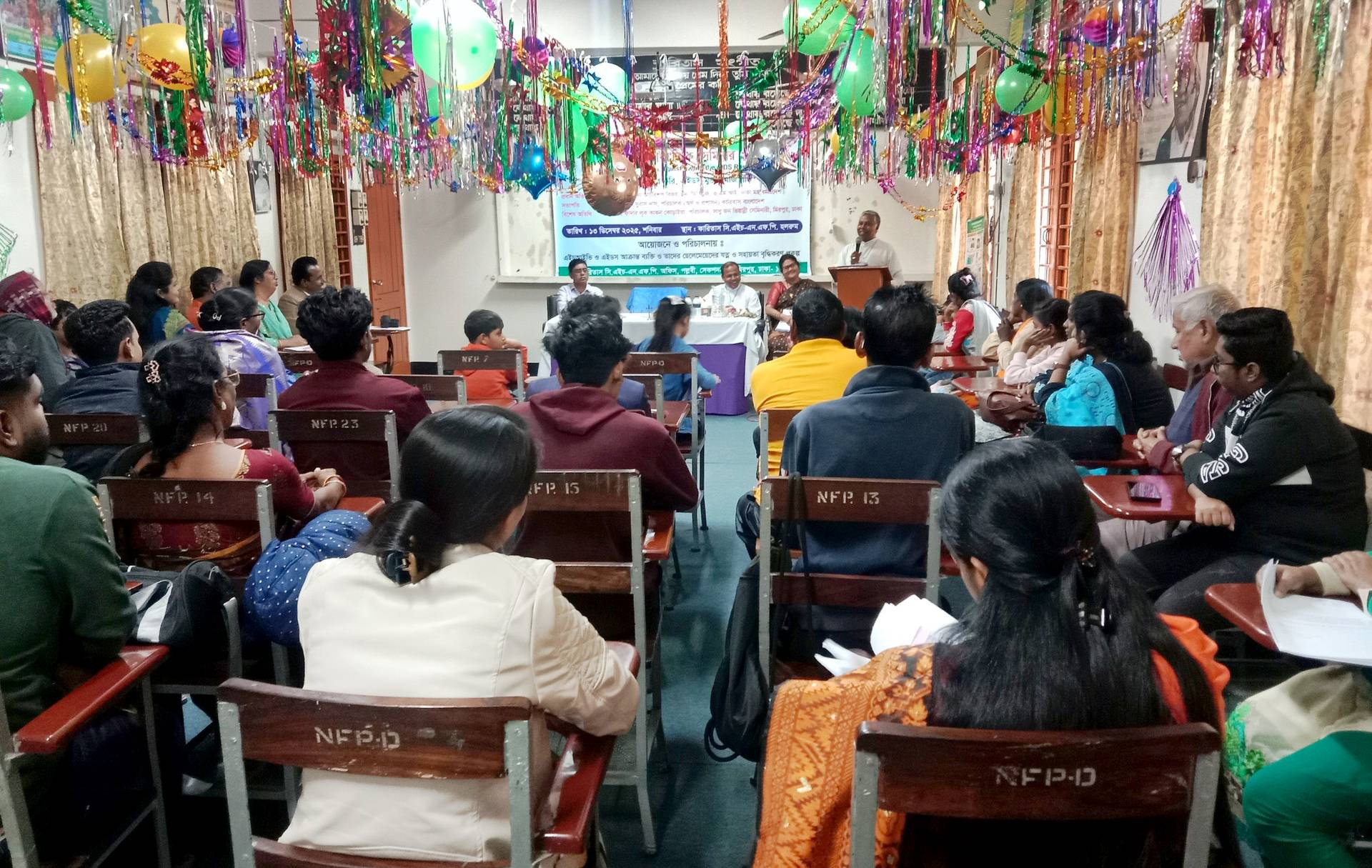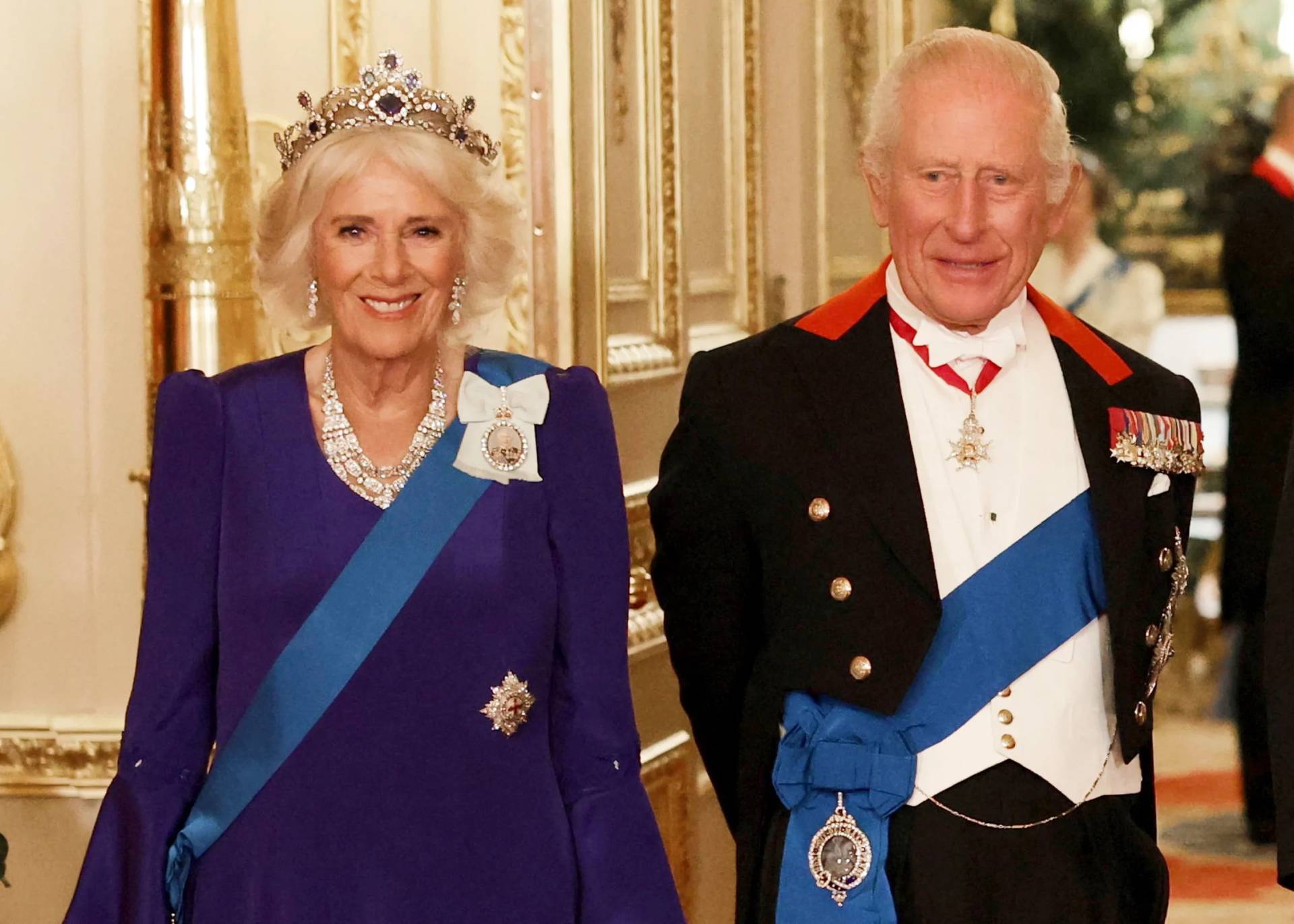LEICESTER, United Kingdom – If anything symbolized the conflicts in the Church in the post-Vatican II world, it was Pope St. Paul VI’s 1968 encyclical Humanae Vitae.
When the pontiff reaffirmed the Catholic Church’s prohibition against artificial contraception after questions arose upon the introduction of the modern birth control pill in 1960, many theologians and even bishops protested, signaling a paradigm shift on how the teaching authority of the Vatican was received in the wider Church.
But it wasn’t only theologians and bishops that had to consider how to respond to the pope’s encyclical: Married couples did, too.
That’s the focus of The Pope and the Pill: Sex, Catholicism and Women in Post-war England, a new book by David Geiringer, Associate Lecturer in Contemporary History at Queen Mary University of London.
“The twenty-seven Catholic women I spoke to had highly varied and subjective memories of married life, sexuality and contraceptive behavior,” Geiringer told Crux.
“Many of the interviewees eventually chose to ignore the pope’s teaching on contraception and take up the Pill, as the vast majority of Catholics seem to today, but not before a period of agonizing soul searching,” he said.
Geiringer’s research focuses on the histories of gender, religion, and sexuality, but he has a personal connection to Humanae Vitae – his grandfather, John Marshall, served on the commission Pope John XXIII set up to investigate the issue of the Pill and Catholic moral teaching.
“He was summoned to the Commission as the expert witness in defense of the credentials of rhythm, but during the course of the meetings he was to change his mind about the morality of the use of the Pill. He, along with 60 of the 64 Commission members, signed a majority report which recommended a change in the Church’s teaching,” Geiringer told Crux.
However, Paul VI went against the recommendation of the committee, and said it was illicit to use the new technology for birth control.
“Many people expected the Pill to be endorsed by the Catholic Church because, unlike previous contraceptive devices such as condoms, it appeared to mirror the natural processes of the female body,” Geiringer said.
When the pope rejected the recommendation to allow the use of the Pill, Geiringer said it “shocked and disappointed huge swathes of the Catholic population.”
However, Geiringer said he was later surprised that his grandmother, unlike her husband, was one of those who supported the pope’s position, and that discovery in many ways led to his book.
“Like so many self-described experts pontificating about the politics of the female body both within and beyond Catholicism, I had been overlooking the voices of women themselves,” he explained to Crux. “I decided to embark on an oral history project which would aim to uncover ‘ordinary’ Catholic couples’ everyday – or perhaps every night – experiences of sex, religion and family.”
What follows is Geiringer’s full conversation with Crux.
Crux: Your book covers reaction to the introduction of the birth control pill in the Church in the 1960s, both at the level of the Vatican and among practicing Catholics. The Catholic Church has always been against artificial birth control: What was different about the introduction of the Pill?
Geiringer: Many people expected the Pill to be endorsed by the Catholic Church because, unlike previous contraceptive devices such as condoms, it appeared to mirror the natural processes of the female body. One of its key developers, a Catholic doctor John Rock, actually set out to develop a pill that would be approved by the Vatican. In fact, it’s recently been revealed that the seven-day break in the pill course was purposely in-built for the sole purpose of pleasing the pope!
A year after the Pill was introduced in 1961, Pope John XXIII set up the Papal Commission for Birth Control – a secretive body established to advise him on the Church’s teaching on birth control. This body submitted a report to the then Pope Paul VI which suggested the Church change its teaching and allow use of the Pill. When this report was leaked in the Catholic press, many expected a change to be immanent. Pope Paul’s controversial rejection of this suggestion in Humanae Vitae (1968) shocked and disappointed huge swathes of the Catholic population. Published in the ‘swinging’ summer of ’68, it seemed to run against the insistent stream of sexual liberation.
In your research, you spoke to ordinary Catholic women, and how they dealt with Church teaching on birth control in their own marriage. What did you find out?
The twenty-seven Catholic women I spoke to had highly varied and subjective memories of married life, sexuality and contraceptive behavior. Their overriding memories of marriage were of grappling, often unsuccessfully, with Natural Family Planning. Also known as the rhythm method, NFP was then and is now the only form of birth regulation endorsed by the Catholic Church. They described great frustrations and pains when trying to uphold the periods of abstinence, and then a resulting pressure or lack of spontaneity in the ‘safe period’. For many, the method scuppered attempts at intimacy – it led to instances of impotence, premature ejaculation and a failure for both parties to climax.
In the face of these pressures, Catholic couples pursued creative ‘tactics’ for negotiating spiritual and sexual demands. Prayer and Confession were two such means of overcoming the challenges of NFP. But few interviewees felt comfortable praying, let alone confessing, about matters of sex.
The most commonly used tactic was seeking alternative forms of sexual release. ‘Heavy petting’ was spoken of by a number of the interviewees – this appeared to mean different things to different people. Mutual masturbation and oral sex were common – although technically still an illicit ‘spilling of the seed’, they were seen as lesser crimes. A handful of interviewees even tried anal sex in the unsafe period, or ‘sodomy’ as it was termed by one interviewee. Paradoxically, the Church’s dictate on contraception was encouraging the practice of sexual activities which were equally, if not more, sinful in the eyes of the Church.
Catholic couples also pursued somewhat unexpected tactics for dealing with the strains of the ‘unsafe’ period. One Catholic woman recalled placing a giant teddy bear – “the type you win at a fair ground” – between her and her husband in their bed. She explained that the physical barrier helped, even offered something to cuddle, but it was mainly ‘just a laugh’ – the humor alleviating bedtime tensions. Another interviewee recalled that her neighbor “trained her dog to growl at her husband when he approached her at ‘unsuitable’ times.”
Unlike the sexual tactics, giant teddy bears and growling dogs had the benefit of not being prohibited by official Church teachings (at the time of writing at least.) These creative tactics offered Catholic couples a way of staying together and staying ‘Catholic’ at a time when many were struggling to do either. Many of the interviewees eventually chose to ignore the pope’s teaching on contraception and take up the Pill, as the vast majority of Catholics seem to today, but not before a period of agonizing soul searching.
These were women in the UK. Was there anything unique about the experience of Catholic women in the country, or do you think this was the general attitude in the Catholic Church in the time period, at least in the West?
Throughout the West there was widespread dismay at the publication of Humanae Vitae. There was more likely to be sympathy for the encyclical in Italy, Ireland and the U.S. – a strong ‘orthodox’ stream remains in the American Catholic population to this day. It’s important to remember that across the world, there was a significant group of laity and clergy who welcomed the encyclical. My own research does not touch on responses in Latin America, Africa and Asia, but this would be an interesting avenue for future research.
You have a personal connection to the story, since your grandfather was on the commission set up by the pope to look into whether Catholics should be able to use the birth control pill. Can you tell us a bit more about this?
Yes, my interest in the subject was inspired by my grandparents. My grandfather, Professor John Marshall or “Grandjohn” as his family knew him, was something of a self-proclaimed Catholic “sexpert” in the 1950s and 1960s. He would mischievously claim to have “invented the rhythm method.” What he did do was carry out the first medical trials on the basal temperature method of calculating fertility cycles. The rhythm method, which involves abstaining from sex during the so-called “unsafe” periods of fertility, had been approved by Pope Pius XII in 1951.
Grandjohn went on to serve on the Papal Commission for Birth Control between 1962 and 1965. He was summoned to the Commission as the expert witness in defense of the credentials of rhythm, but during the course of the meetings he was to change his mind about the morality of the use of the Pill. He, along with 60 of the 64 Commission members, signed a majority report which recommended a change in the Church’s teaching. After Pope Paul VI rejected this recommendation and reaffirmed the ban on contraception, Grandjohn became a public campaigner for the case for change – writing prodigiously on the subject.
I had always assumed that his wife Eileen, or Granny to me, shared Grandjohn’s view that the Catholic Church should liberalize its teaching on contraception. Then one day when she came into the room where Grandjohn and I were pontificating on the ins and outs of sexual morality, I asked her what she thought. To my astonishment, she told me that she supported the pope’s position. Like so many self-described experts pontificating about the politics of the female body both within and beyond Catholicism, I had been overlooking the voices of women themselves.
I decided to embark on an oral history project which would aim to uncover “ordinary” Catholic couples’ everyday – or perhaps every night – experiences of sex, religion and family.
You say Paul VI’s document Humanae Vitae may have been more concerned with preserving Church authority than actually dealing with the theological issues surrounding the Pill. Why did you come to this conclusion?
Grandjohn’s papers suggest that Humanae Vitae had relatively little to do with the morality of contraception, and everything to do with protecting the Church’s claims to authority. A minority report drafted by two Commission members, under the direction of the then head of the Congregation for the Doctrine of the Faith, Cardinal Alfredo Ottaviani, was based on the idea that the Church could not admit to having been wrong in the past: “If the Church could err in such a way [change its teaching], the authority of the ordinary magisterium in moral matters would be thrown into question. The faithful could not put their trust in the magisterium’s presentation of moral teaching, especially in sexual matters.”
Humanae Vitae invoked the question of authority to trump the question of sexual morality.
Most surveys show that Catholic women use contraception at about the same rate as other women. How do you think this general rejection of the Vatican’s official teaching on the matter has affected the Church over the past half-century?
Well there’s two sides to this. In many ways, it’s damaged the moral authority of the Church in a way that it may never recover from. People will naturally ask themselves: if the pope’s wrong about sex, what else is he wrong about? But on the other hand, the ability of lay people to separate out the question of birth control from almost every other aspect of their faith, and thereby uphold their faith, is something which has ensured the survival of Catholicism over the last seventy years. For many, it has introduced them to a more critical, engaged form of religiosity which has the power to endure in a testing age. But that’s not to the credit of the Church – that’s a sign of the laity’s evolution. Humanae Vitae has caused a lot of frustration, suffering and disillusionment.
To order a copy of The Pope and the Pill: Sex, Catholicism and Women in Post-war England, visit https://manchesteruniversitypress.co.uk/9781526138385/ For a 50 percent discount, add OTH842 at the checkout. The offer expires December 5, 2019.
Follow Charles Collins on Twitter: @CharlesinRome
Crux is dedicated to smart, wired and independent reporting on the Vatican and worldwide Catholic Church. That kind of reporting doesn’t come cheap, and we need your support. You can help Crux by giving a small amount monthly, or with a onetime gift. Please remember, Crux is a for-profit organization, so contributions are not tax-deductible.














